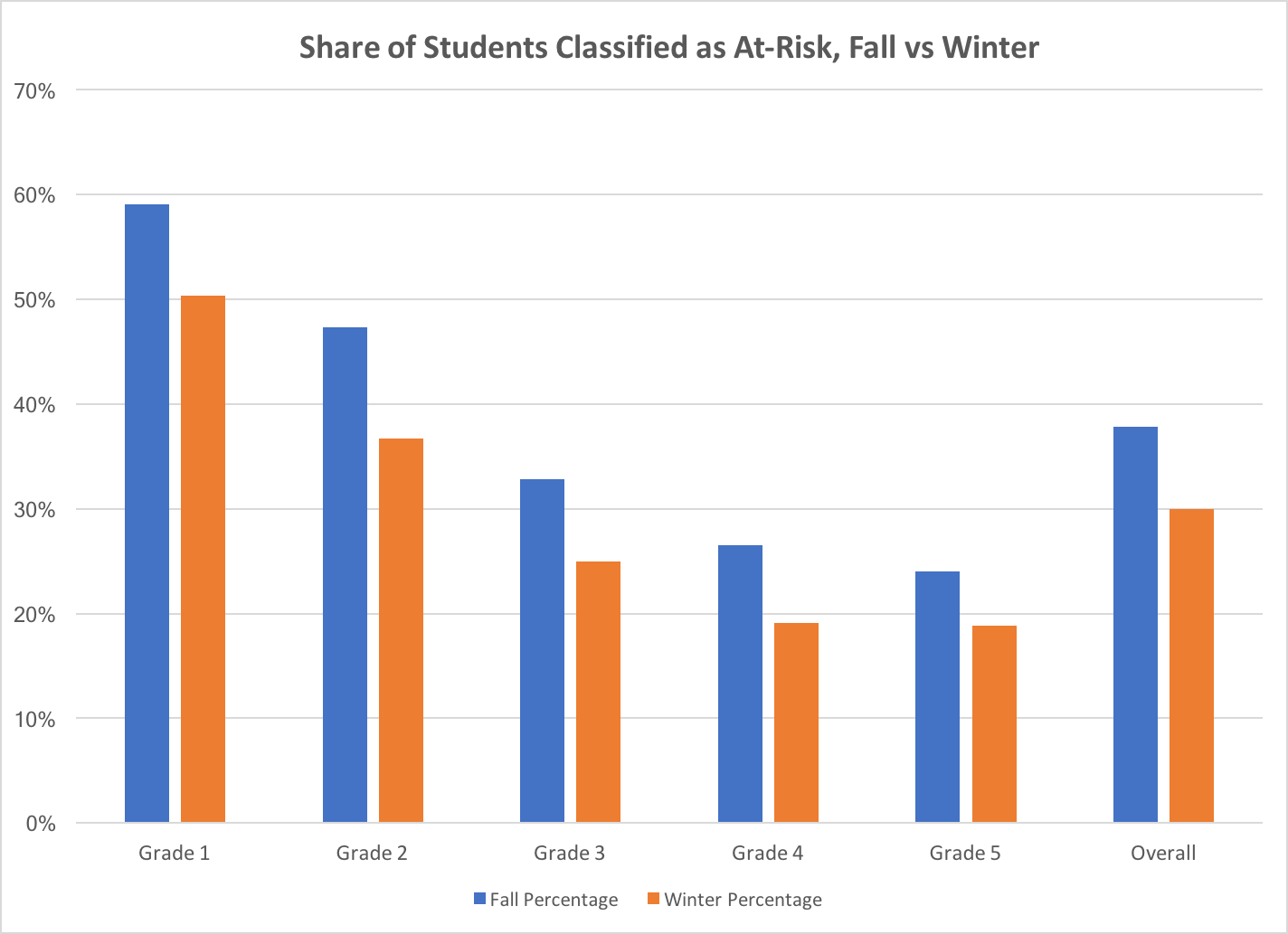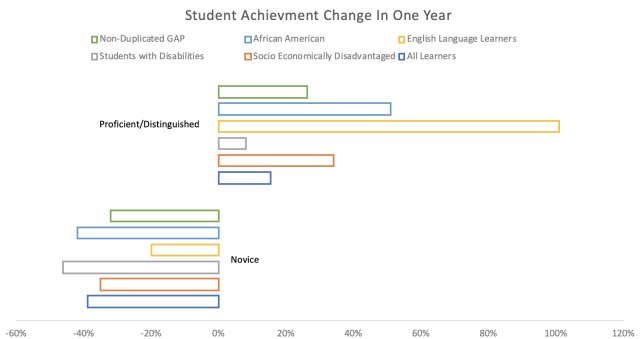We’ve had fun following the #CurriculumMatters hashtag in the last month. We always love seeing the passion that educators have for their work with high-quality curriculum, from the teacher time savings to the glimpses of excellent student work.
But recently, all in the space of a few weeks, a series of outcome stories emerged that arguably tell the story of the “curriculum renaissance” as well as anything that we could share.
After seeing enthusiastic response to tweets about these stories, we’ve pulled them into a quick blog, for our friends beyond the Twitterverse. These outcomes stories cross eight different curricula and nine districts… a powerful testament to the effectiveness of high-quality curriculum.
Sullivan County’s Elementary ELA Gains
Sullivan County Schools (TN) announced “historic” gains in elementary reading, and the Bristol Herald Courier featured the news.
What was especially exciting: the district saw gains districtwide… in all eleven schools… and with both at-risk and high-performing students!

Sullivan County moved kids out of Tier II and III and into Tier I in every grade, with the strongest gains in early elementary:

Jackson-Madison’s Elementary ELA Gains
Jackson-Madison County Schools (TN) also announced gains in elementary outcomes. They issued a press release focused on kindergarten outcomes:
Because the district has made a number of announcements about student gains in recent months, the Jackson Sun reported on the overall “significant impact” from new curriculum for math and ELA, grades K–12. Best of all, the gains were apparent in the very first year of implementation.
The highlights were really something else, and they were cheered in social media:
Upper Point Coupee’s Elementary ELA Gains
Upper Point Coupee Elementary (LA) shared its early elementary gains with The Advocate. We loved reading this:
“School district personal development coach Molly Talbot said early data from halfway through the school year shows that the K-2 grades are almost to the reading level target set for the end of the year. One kindergarten class, for example, has moved from 21 percent reading proficiency in October to 73 percent proficiency in February.”
Additional Stories of ELA Gains
Brian Pick from DC Public Schools joined the conversation, talking about his district’s gains from implementing research-aligned curriculum:
It reminded us of the stories Brian Kingsley has shared about the outcomes in Wake County (NC) in the first year of new ELA curriculum:
It all mirrored other curriculum-fueled outcome stories that we heard this autumn, such as the gains in Juab School District (UT):
On top of it all, this recent blog from Achieve The Core makes us excited about the very newest ELA curricula coming to K–12:

Math Curriculum Was Also In the Mix
Brooke Powers shared the state testing outcomes at Beaumont Middle School (KY) from new math curriculum; nothing excites us more than seeing an achievement gap narrowed!

We also loved seeing amazing formative assessment indicators from Morgan Stipe:
We probably don’t talk enough about the formative indicators that regularly show us that curriculum is improving teaching and learning in our schools. The student work samples and stories from our teachers motivate us daily. Perhaps that’ll be our next blog!
For certain, we’re motivated by a lot more than assessment outcomes. But we won’t lie – these stories are pretty exciting, too, and they persuade us that we are on the right track as we make high-quality curriculum the cornerstone of our efforts to elevate teaching & learning.
